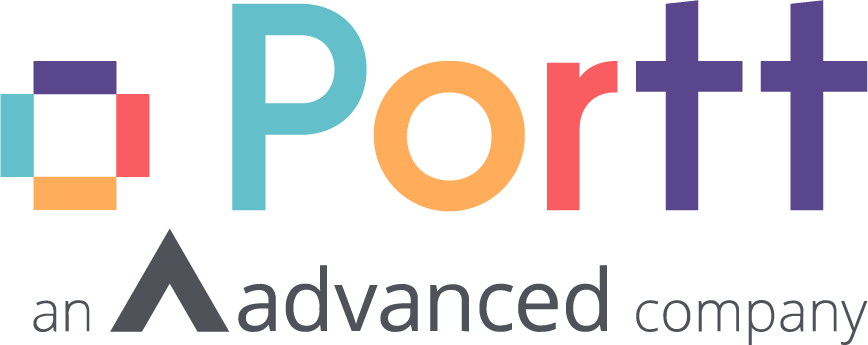Procurement departments are used to scrutiny when it comes to securing value for money but, these days, social procurement initiatives mean their dollar is expected to make a positive community impact beyond simply purchasing goods and services.
This is particularly relevant in New Zealand, where the federal government has set the target of devoting 5% of public sector spend to Maori and Pasifika suppliers – roughly $900 million worth of government contracts that would translate to new jobs, business growth, and community opportunities.
However, while the positive effects are undeniable, this initiative leaves already-stretched New Zealand procurers grappling with a challenging question:
How do we ensure contracts are awarded consistently to indigenous-owned businesses, while still managing risk and delivering public projects efficiently?
This was the subject of the New Zealand Member Meeting – Panel Discussion with Government, Intermediaries & Maori Suppliers, held on 25 May 2021 in Wellington, New Zealand. As panelists called upon to represent the role of technology in the process, here’s what we took from the discussion.

The benefits of social procurement in New Zealand
In Australia, the Supply Nation Social Return on Investment Report (SROI) estimated that each dollar paid to an Aboriginal business generates approximately $4.41 worth of social and economic value.
If we apply a similar calculation to New Zealand, $900 million invested in Maori and Pasifika businesses translates to approximately $4 billion worth of positive social and economic impact. This includes benefits such as:
- New job opportunities for indigenous peoples
- Enhanced market competition
- Small business growth
- Training opportunities and apprenticeships for youth
- Improved sense of identity
- Supply chain diversification
Increased demand for goods and services that support indigenous communities.
Social procurement quotas are therefore a powerful way of bringing Maori and Pasifika businesses into the mainstream New Zealand economy, whilst also driving efforts to overcome the systemic disadvantage that has long affected their communities.
Challenges facing public procurement professionals
While the benefits are clear, New Zealand’s commitment to indigenous engagement via procurement brings unique challenges on both the buyer and supplier sides, including:
Identifying available Maori and Pasifika suppliers
Lack of transparency is the first hurdle for buyers looking to engage Maori and Pasifika vendors, as it’s not always clear which businesses are indigenous-owned within a given supply category (under the initiative, businesses must have at least 50% Maori or Pasifika ownership to qualify). This forms yet another step in an already time-consuming due diligence process.
Exposing Maori and Pasifika businesses to future procurement plans
Without the ability to see government procurement plans in advance, Maori and Pasifika businesses are unable to proactively work toward tender opportunities. By the time a call for tender is released, it’s too late for them to invest in the resources that will help them win the contract.
Reporting on social benefits
While the social benefits of engaging Maori and Pasifika suppliers are clear in theory, most organisations lack any consistent means of capturing these in their reporting system. As a result, the direct impact of the initiative isn’t always transparent.
Solutions
The majority of the panel was spent determining potential solutions, which would better facilitate government engagement with Maori and Pasifika businesses. Over the course of the discussion, it became clear that the following systems are needed:
An accessible database of future procurement plans
An accessible database of future government procurement plans would allow indigenous-owned businesses to see tender forecasts well ahead of time and fill their capability gaps accordingly. This includes taking steps such as:
- Hiring additional staff
- Buying new equipment
- Seeking finance
- Upskilling.
A transparent contract management system, such as Portt, makes this possible. Government departments can upload all their procurement plans in a shared space that’s visible and accessible for indigenous vendors, so they’re constantly aware of future opportunities.
A master database of indigenous vendors
A database that lists all indigenous vendors by supply category removes the issue. With a vendor management platform such as Portt Discover, buyers can see all the indigenous businesses available for sourcing and assess their risk profiles at the same time.
A system for consistent benefit reporting
A consistent means of benefit capture would make the social value of procurement activity both transparent and shareable. Alongside standard outcome reporting, government departments would also be able to see how many jobs were created and what positive community changes resulted from engaging a Maori and Pasifika business.
Publicising these benefits would also incentivise other buyers to engage Maori and Pasifika businesses in their own projects, thereby bringing the initiative into the private sector. With more buyers getting involved, the initiative will become a genuine, concerted effort to help New Zealand’s indigenous people – as opposed to an issue of regulatory compliance.
Meet social procurement targets with an all-in-one supplier management platform
Portt Discover allows you to meaningfully engage indigenous suppliers for risk-sensitive, efficient procurement events. With it you can:
- View all your indigenous-owned vendors in each supply category at a glance
- Collaborate with indigenous suppliers on a shared platform
- Monitor dynamic risk profiles for each supplier
- Capture and record social benefits per contract



